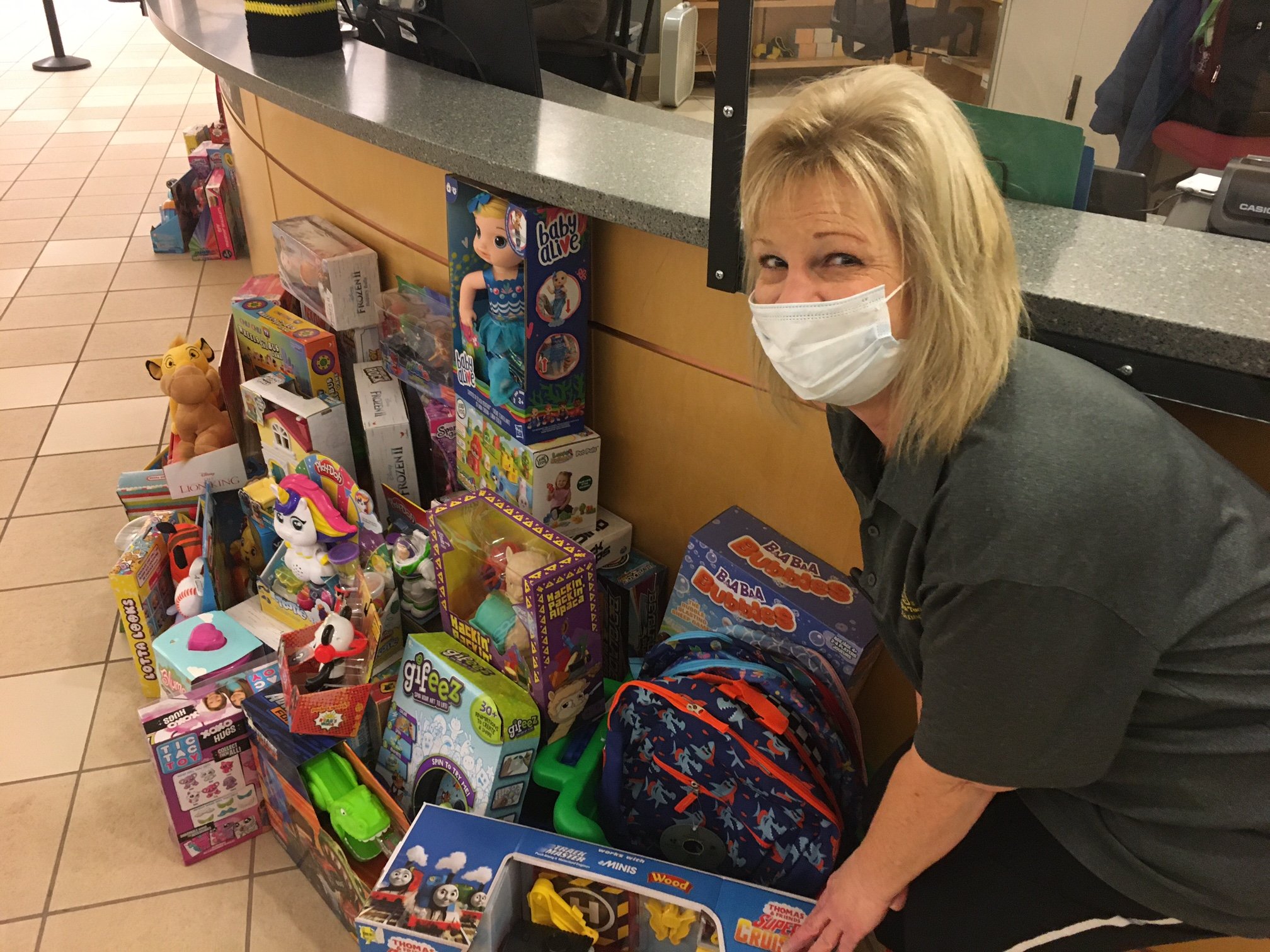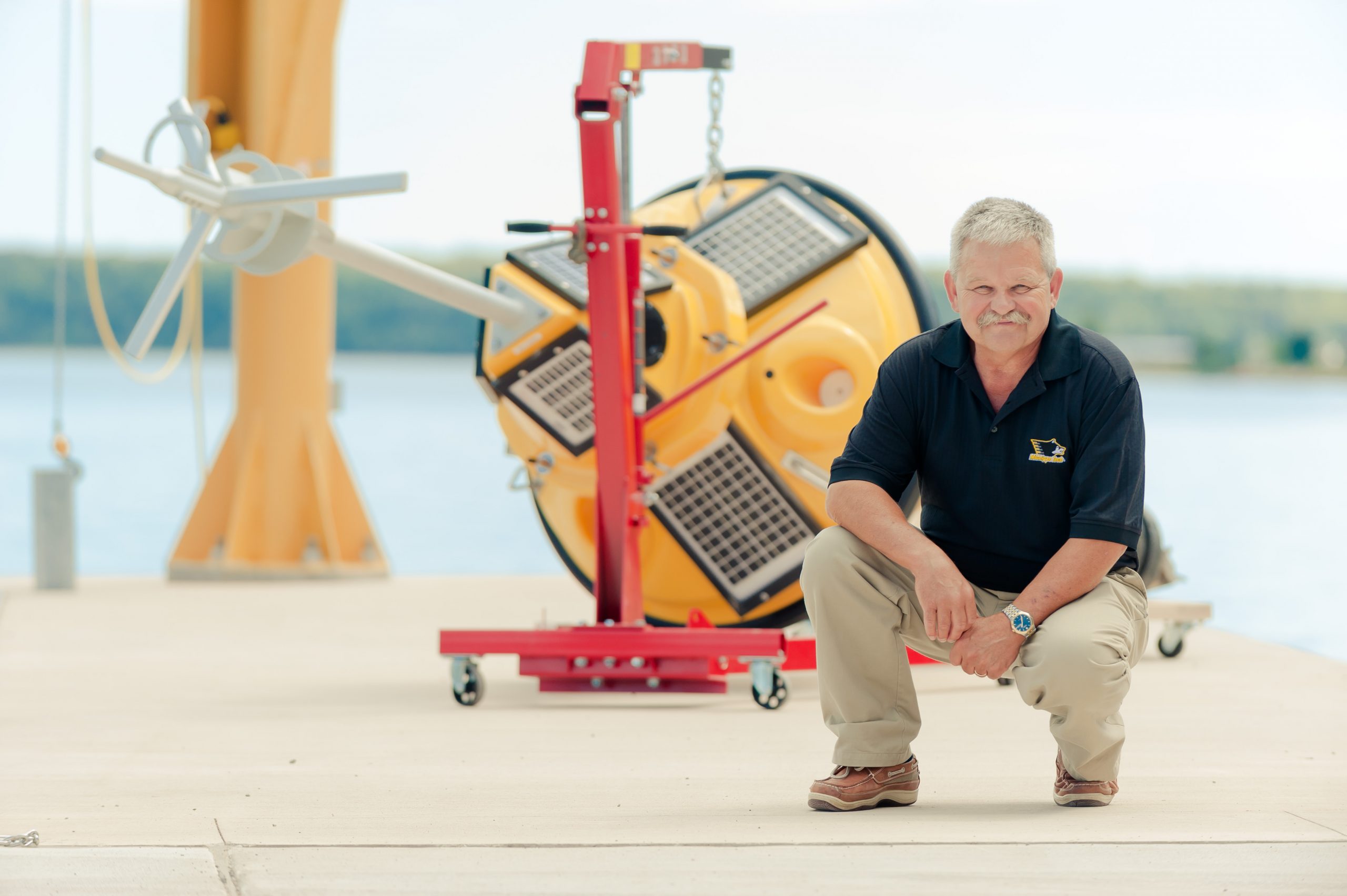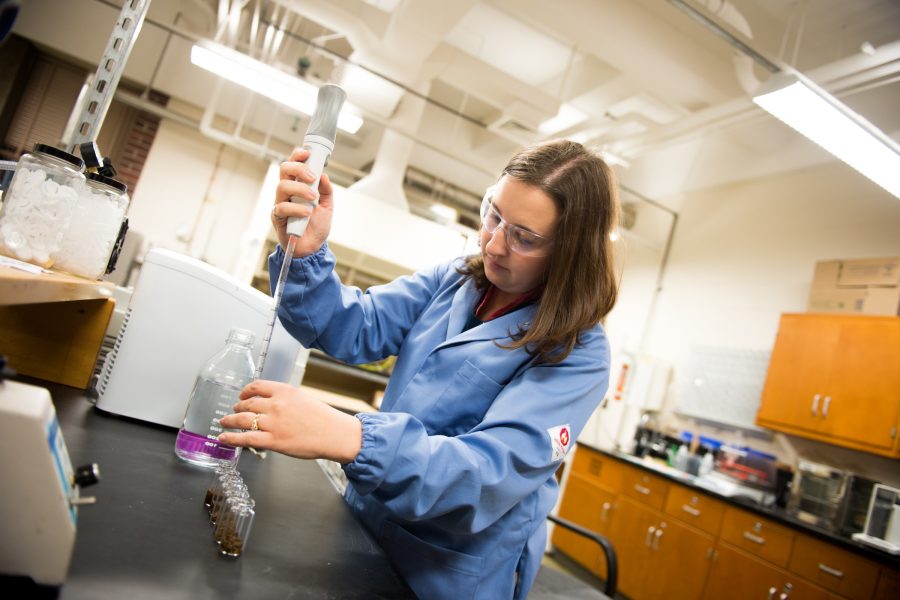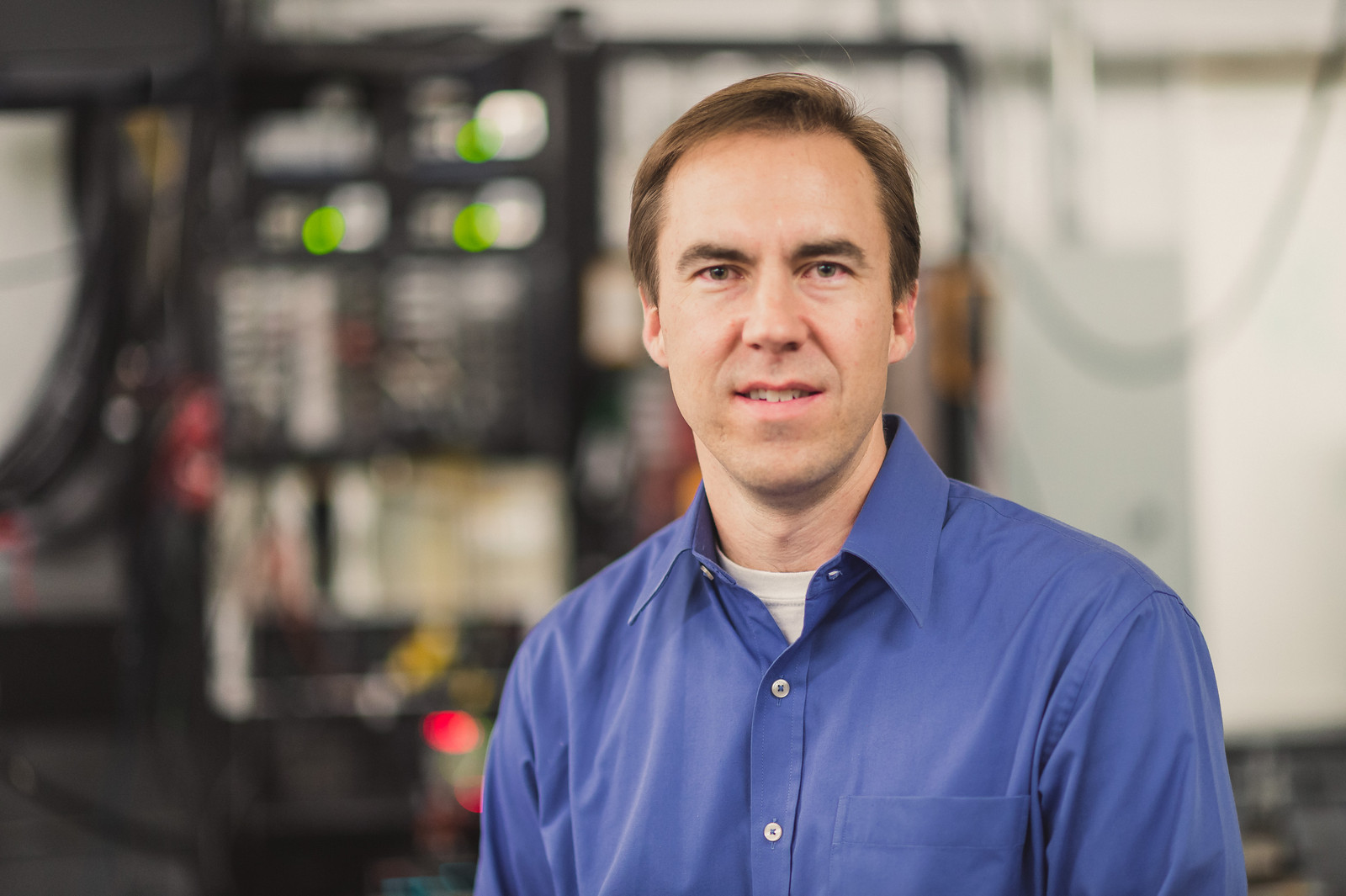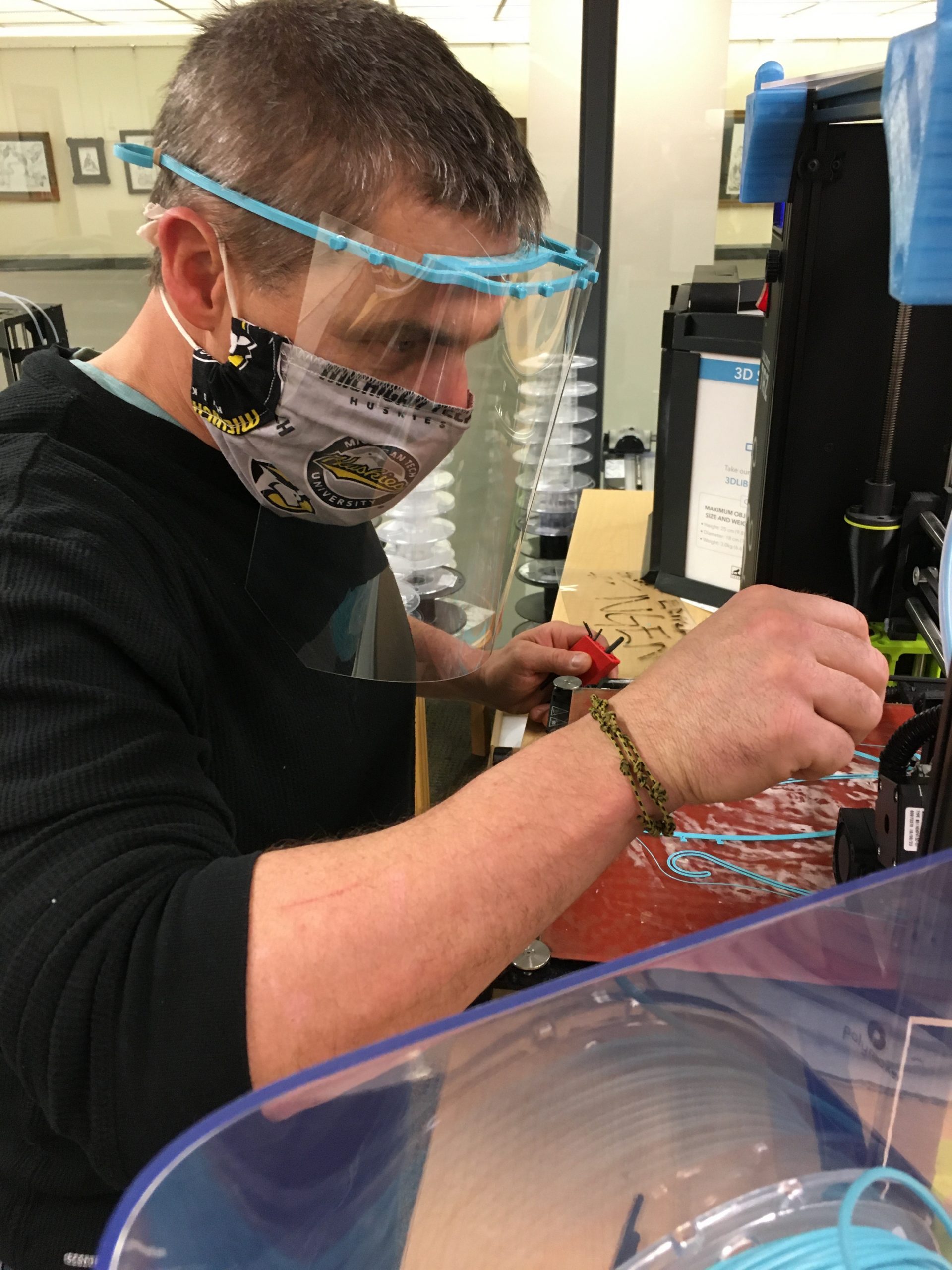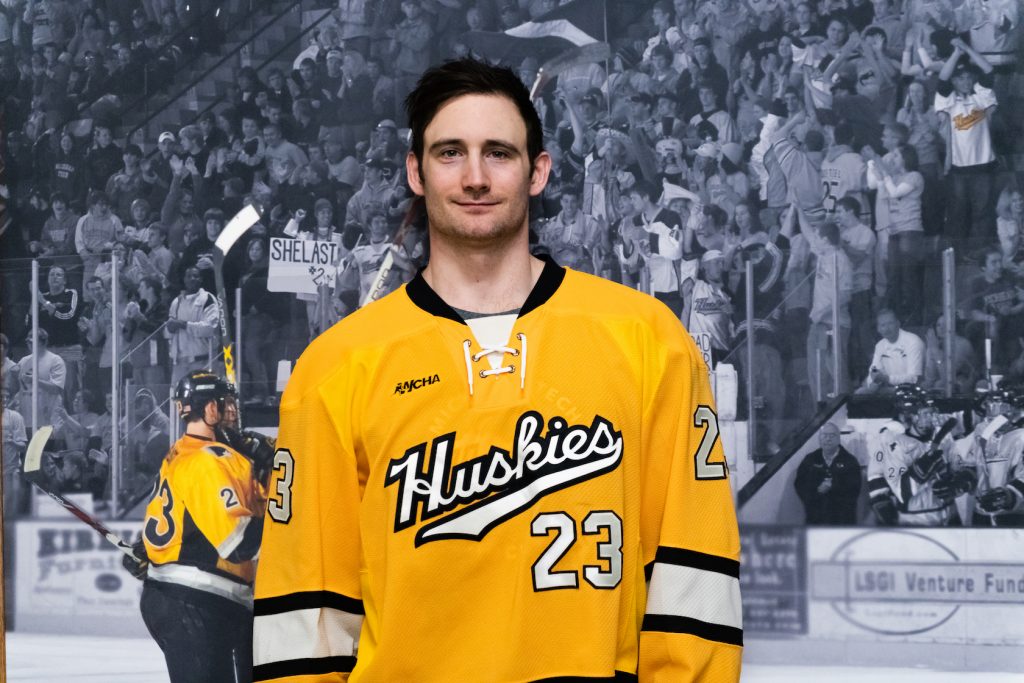
“Coming from a middle class family in India, we didn’t really have the means for me to pursue studies abroad. During my undergrad and master’s, I worked as a proofreader for textbook publishers and a tutor for students. I earned the equivalent of about $20 each month and $19 of it went to my parents to help offset family costs. The remaining dollar covered my occasional bus fare to science lectures across town and a snack afterward with the speaker/friends. In mid-to-late 2001, Dr. Pushpa Murthy (then chair of Michigan Tech’s chemistry department) was traveling through India. One of my master’s teachers knew her well and arranged a couple of meetings. A few correspondences followed with Drs. Ravi Pandey and John Jaszczak (Physics) and they agreed to take a chance on me without the GRE (Graduate Record Examinations) or TOEFL (Test of English as a Foreign Language)—I couldn’t afford them. Upon learning that I couldn’t afford the postage, Dr. Murthy literally carried my application to Michigan Tech. My teachers, who had encouraged me and been willing to pay the application fee out of their own hard-earned money, convinced a bank to give me an educational loan that covered travel expenses.
On my very first day in the US, there was some confusion between International Programs and Services (IPS) and the Indian Students Association (ISA). So, no one came to pick me up at the airport. Susan (UP Health) and Owen Mills (MSE) were on the same flight and waited a while to make sure I wasn’t stranded. Susan gave me her home phone number and asked me to call if no one came to pick me up. I called an hour later and she drove all the way back to the airport, picked me up, took me home and made me a really good meal. Owen made a few phone calls and I ended up getting better housing than what ISA might have arranged for me.
After I earned my PhD in 2007, I worked for AT&T research and development headquartered in Middleton, New Jersey, for about a year. I met some really cool people there and in the community that I am still in touch with. But I missed my Yoop and the academic setting. After three failed attempts at various job openings at Tech, Dr. Max Seel and the physics department took a chance on me again in 2009 and brought me back as a postdoctoral fellow.
Susan’s actions on day one had been my first glimpse into how tight-knit this community is. My first steps to be a part of it came when I played softball with Team Fiziks and the Good Shepherd Lutheran Church teams for many years, and when I moved out of Daniell Heights and rented a room from David Bezotte (former reference librarian at Tech). The combination of the two introduced me to so many folks—talented musicians, artists, cooks, brewers and more—from our community. Food, running, and skiing are three of my favorite ways to continue nurturing that sense of community.
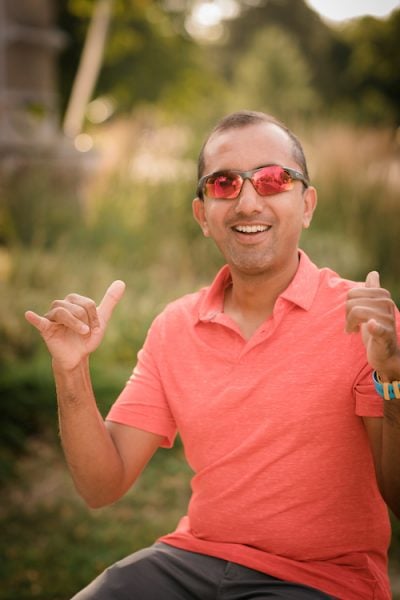
I don’t remember a time when I haven’t been a fan of food. It’s one of those lowest common denominators that all of us need, most of us enjoy, and that invariably tastes better in a communal setting. Preparing and sharing food is a lovely way to show someone we care about them. Since 2017, I have pursued a goal to share more meals with friends than I eat by myself. Cooking dinner for friends visiting the area or with friends in the community has been helping a great deal in achieving that goal—and resulted in one of my Instagram hashtags #DinnerWithFriends. Not every friend could meet for dinner, so that hashtag turned into #FoodWithFriends. Sharing backyard-grown fresh produce throughout summer and fall as well as baked goodies (I am almost always the recipient) led to #FoodFromFriends. The pandemic-forced isolation led to #FoodWithoutFriends (my least favorite of the hashtags).
“I didn’t really see any point in running or skiing until about 2013-14. For nearly two years, I made every conceivable excuse to not run—and when I did, it was almost always at the insistence of friends. Many of them would sacrifice their own time and distance to hang back with me and make sure I was okay, including running step-for-step in my first ever Canal Run half marathon. Those same two years also coincided with a series of academic heartbreaks—seeing exceptionally talented students not do little things correctly that would set them up for success down the road. One day, while walking home, I wondered if I needed to be a better student (i.e, take up running consistently and do the little things my friends were asking me to do for my own benefit) to be a better teacher. And that was the switching-on moment as far as sticking with running is concerned. Cross country skiing just about paralleled the same timeline as running and also stuck with me.
The more I run and ski, the more I realize I can take a problem or an issue with me, think about it (or not) without the assistance of Dr. Google and come back with a solution (or not). These sports have brought a lot of good people into my life, taken me to places that I wouldn’t have otherwise seen, and in turn, not had the chance to enjoy local cuisines. An unintended side effect of this lifestyle has been helping me get in the students’ mindset and outside of my comfort zone. It provides the new-student perspective I need when teaching courses at Michigan Tech or interacting with students in general.
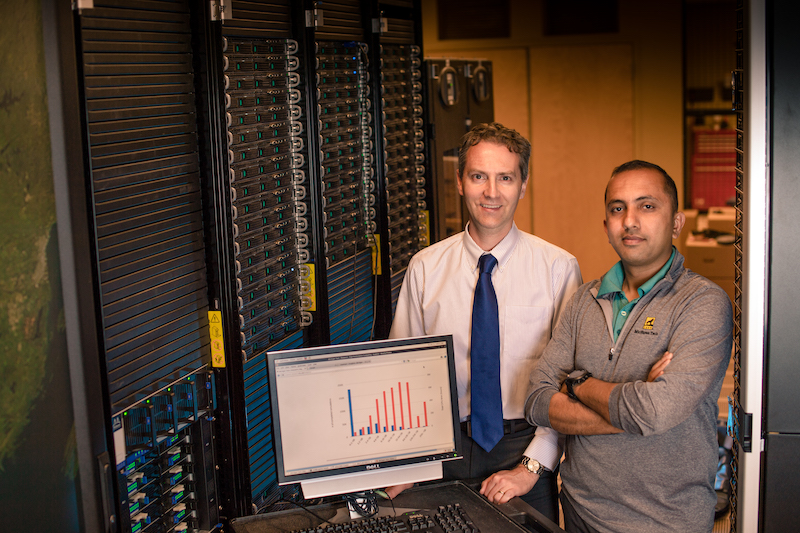
I hope my students (scientific computing) realize that I care for them as humans, individually and collectively, and their overall well-being, and not just how well they do in the course. I am fortunate enough to be involved in a field that has a very firm mathematical foundation and continuously changes with time. It’s a dichotomy that’s in line with my main teaching principle—freedom within discipline. It helps me refresh a portion of the syllabus each time the course is offered to better serve the learning needs of students. If the students can leave the course knowing a bit more about the subject matter but a lot more about their fellow classmates, I consider it a win. As interesting/boring as any given student can perceive the material, the real learning happens if the student chooses to stick with a few new practices after the course and carries them into their research projects. A bigger win for me is when I see a student undertake a couple more projects or publish a few more papers or make time for pursuing hobbies and interests that add value to their lives over the course of the rest of their stay (and beyond) at Michigan Tech.
To say that my teachers and their families have had a very profound impact on my life is an understatement. At every stage of my education, I have had teachers who went well out of their way to help me learn beyond what was prescribed in the syllabus, helping me at least see (if not understand) the interconnections, and their families treated me as one of their own. Teaching is a way I get to pay forward what my teachers did for me.
I hope we never lose the tight-knit nature of our community and our ability to put our differences aside to come together for a common cause. My advice for a new Husky? Our community is rich with plenty of resources: natural, human, tangible, and intangible. I highly recommend reaching out and asking for help when necessary. Even if the person we first approach doesn’t have the solution, they will very likely know someone else who might. And we don’t have to wait till we have reached a certain milestone in our personal or professional lives to start paying it forward to someone else in the community.”
— Gowtham ’07 #mtuhumans
